SQLite is the most widely used and arguably the most rigorously tested database in the world.
Today, the developers confirmed that valid queries that I created for the Rosella Model project exposed not one, not two, but three bugs hiding in the code.
I really can’t remember the last time a single query found 2 bugs, let alone 3. Quote source
Reflecting on the spirit of my work, one of the developers said
For years, I’ve been giving talks that encourage developers to embrace the power of the SQL query language – to move beyond simple SELECT and INSERT statements mixed with a pile of procedural code and instead write complex queries that give the answer directly. I often use some of the queries generated by Fossil as examples, pointing out how a few lines (or a few dozen lines) of SQL can replace thousands and thousands of lines of procedural code. Doing so reduces the number of bugs (which are roughly proportional to the number of lines of code) and also often result in faster solutions as well. But you, sir, have taken this idea to a whole new level. Quote source
I’m happy to claim bragging rights!
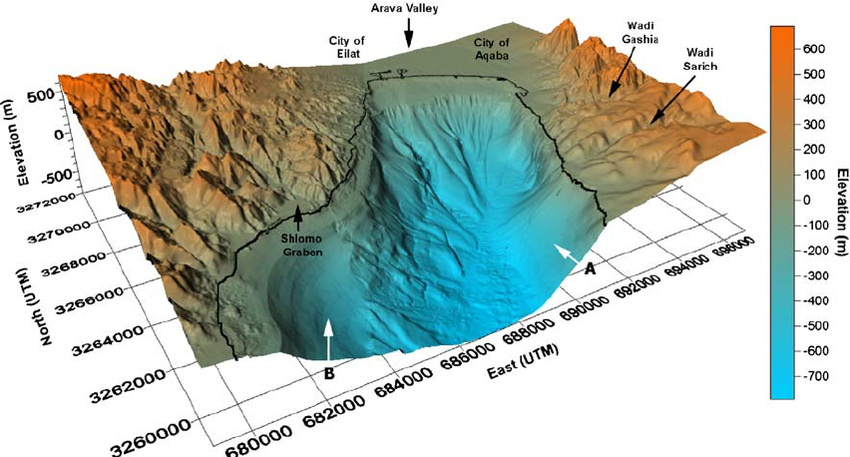




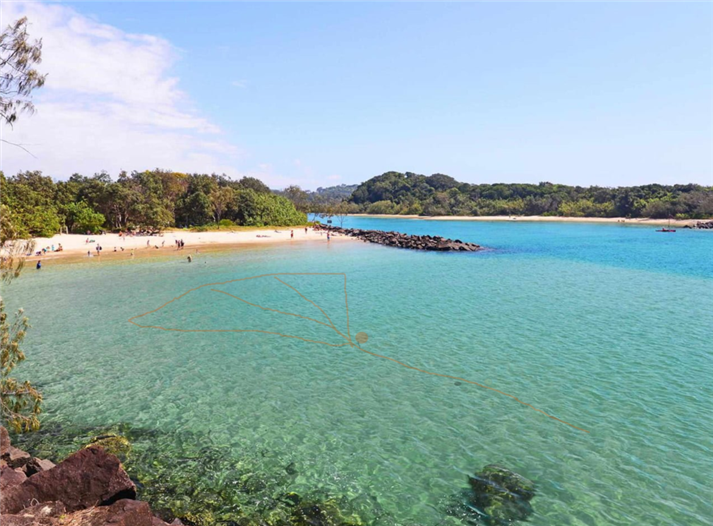
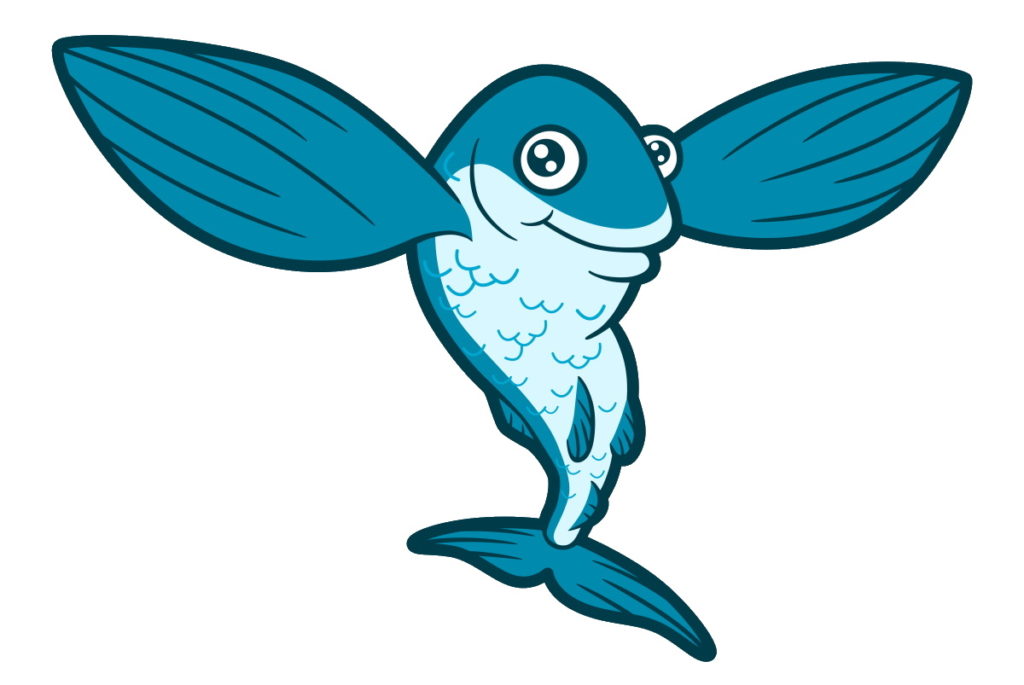


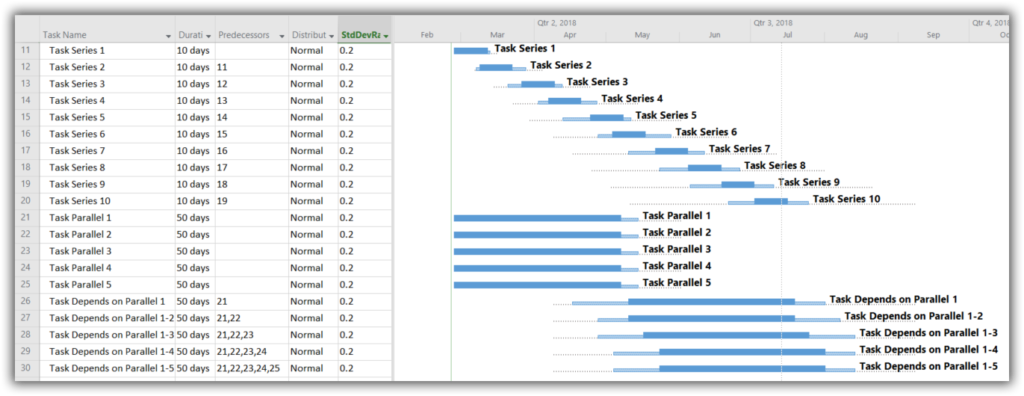

 Other options
Other options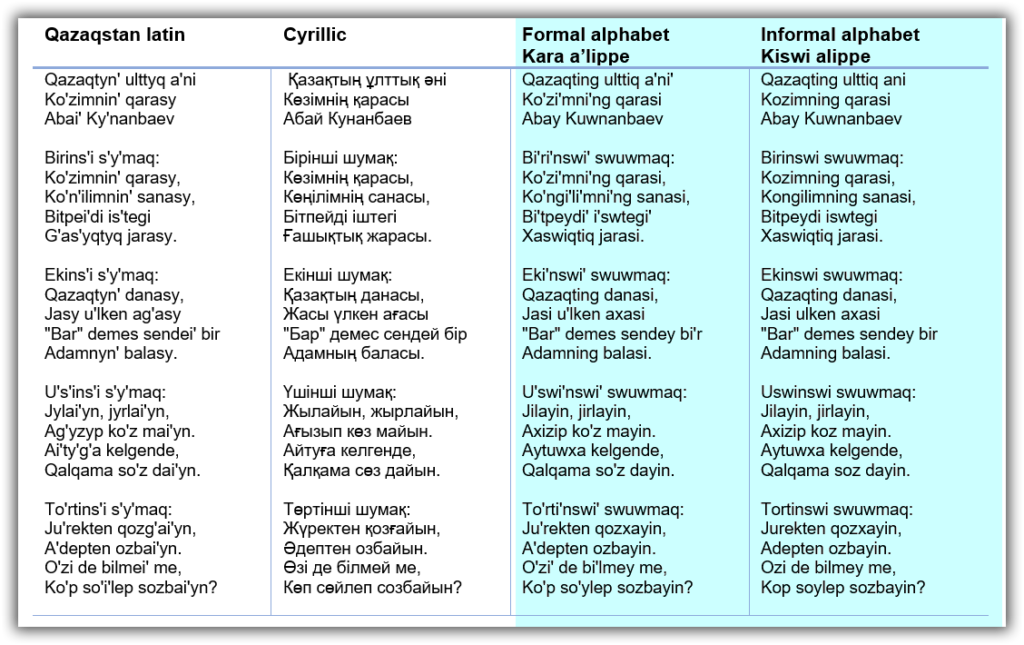
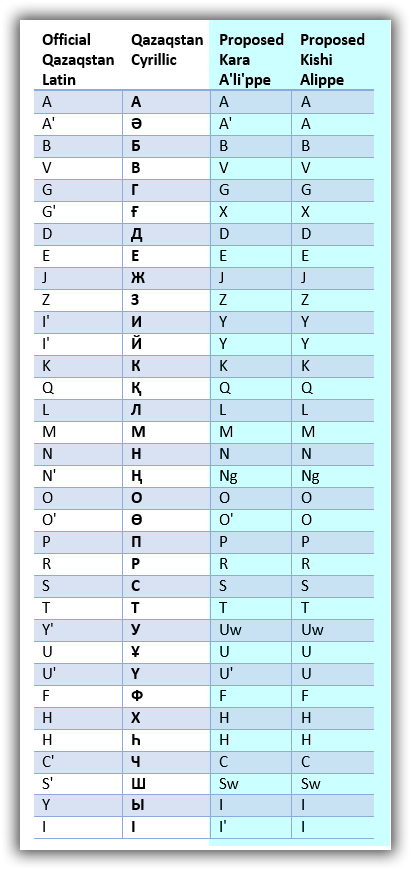



 (book) by Pascal Dennis. Not as sharp as “Lean Simplified” but a useful guide to bridging across from production to business contexts.
(book) by Pascal Dennis. Not as sharp as “Lean Simplified” but a useful guide to bridging across from production to business contexts.
Recently I reached out to Simon Willerton about applying Category Theory to Project Management models, here is the response.
Putting Project Management models on a sound footing.
Hi Simon,
Thanks for your article on the Project Management Schedule Network as a category. Category theory may have a broader role in putting project management models on a sound footing.
If we include the Work Breakdown Stucture into the model, a central issue is maintaining coherence between the Schedule Network view (as discussed in your article above) and the Work Breakdown Structure view of the same activity.
The initial step of converting the WBS to a Coherent Schedule Network looks like a functor: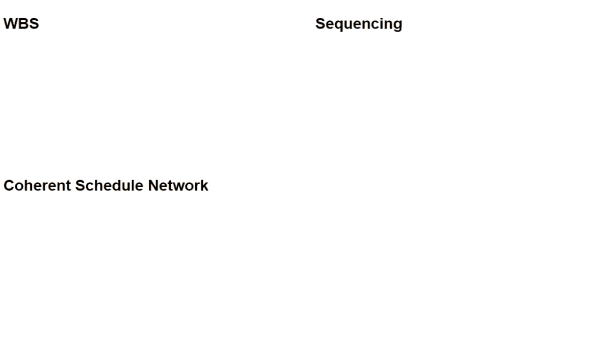
My intuition is that sequencing by adding dependencies and pruning while preserving coherence with the WBS is also a functor but I am less certain of that.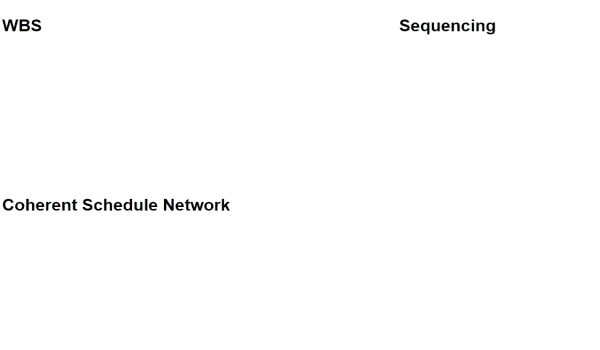
Ken Scrambler’s Lambda Jam 2019 – Applied Category Theory talk has inspired.
Are you aware of work going on in applying category theory to project management modelling?
David